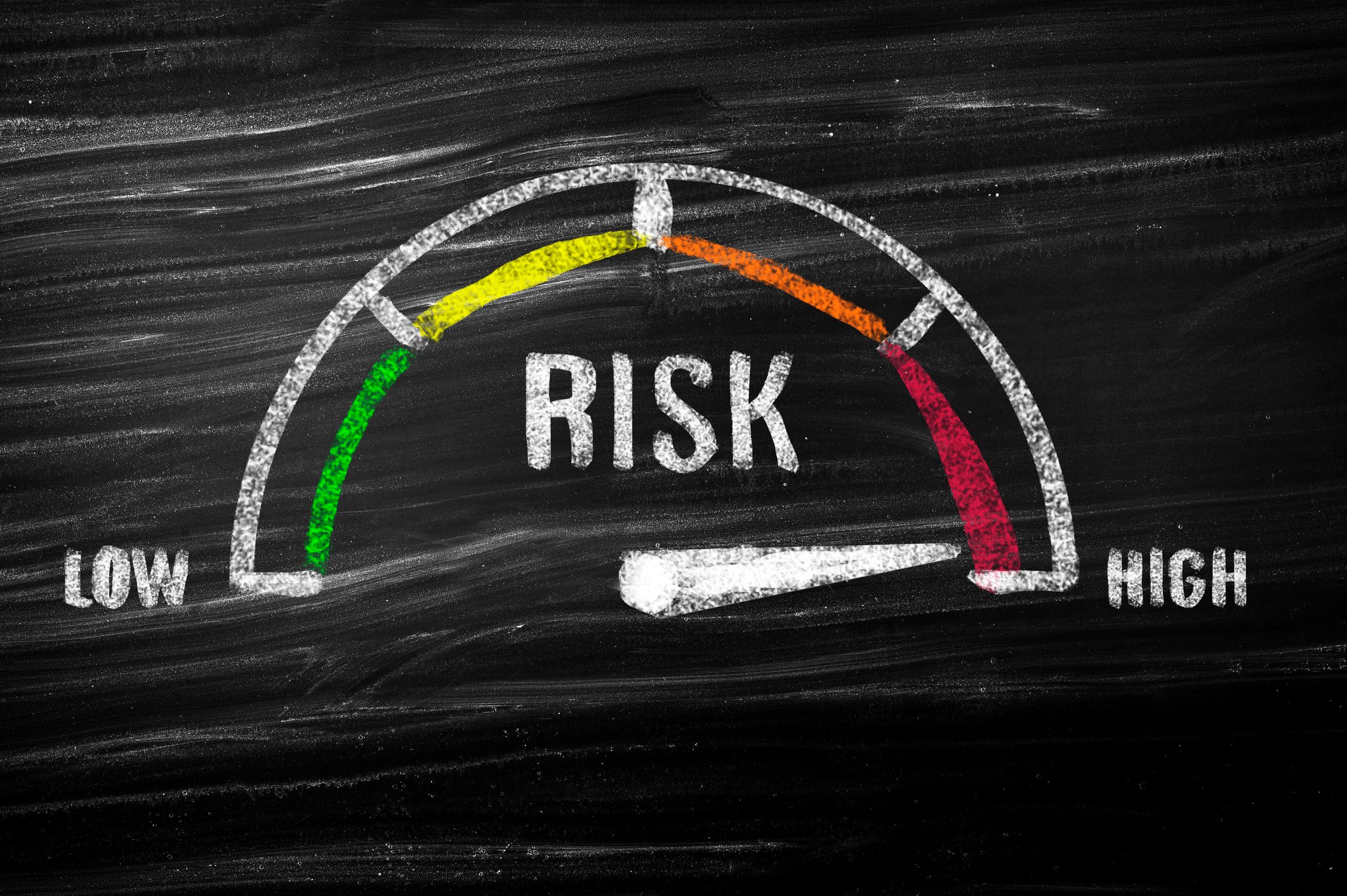Carvana (CVNA 3.61%) has been one of the biggest IPO success stories in the market in recent years. Shares of the used-car dealer are up more than 700% since their 2017 IPO, following a 181% jump last year.
The company has expanded its online-only model across the country, growing sales by opening new markets and increasing penetration in existing ones.
What's really made the stock surge since its IPO is its incredible streak of 23 straight quarters of triple-digit revenue growth. The company is also targeting more annual sales, hoping to hit 2 million vehicles or more. That's up more than 10 times from its current pace, showing the huge addressable market the business can penetrate.

Image source: Carvana.
However, that growth has come at a cost. Carvana has been consistently unprofitable throughout its history, and had a net loss of $238.9 million through the first three quarters of 2019, though only $94.2 million of that was attributable to Carvana.
The company has also been an attractive target for short sellers, with more than half of its shares currently sold short as bears don't believe that the business model is sustainable or that it can deliver a profit.
So far, the bears have clearly been wrong, but after the stock has jumped so high, investors may be wondering if this rally still has wheels.
A few key questions will determine Carvana's performance in 2020 and beyond.
Can revenue growth continue?
Carvana's revenue growth will eventually slow, but the company's ability to maintain such high growth for so long, bucking its own guidance and analyst expectations, is what's driven the stock so high. As the chart below shows, the company's revenue growth rate slowed from 2018 to 2019, but only moderately.
Analysts are expecting revenue growth of just 53% next year, meaning Carvana would add roughly the same amount in sales next year as it did in 2018, giving the stock a relatively low bar to climb over.
It's not just momentum that is driving revenue growth higher. In recent quarters, the company has aggressively increased purchases of customer vehicles, growing that figure 249% to 32,200. By acquiring vehicles from customers, Carvana can create efficiencies and lower costs, and the rapid growth in that business demonstrates the value of its platform.
Carvana now serves 66.9% of the U.S. population and believes it can ultimately serve 95% of Americans, meaning there is still plenty of space for growth.
Nonetheless, the pace of expansion appears to be slowing, with 52 new markets added in the first half of 2019, but just nine in the third quarter, and none projected for the fourth quarter as the company aims to "alleviate pinch points" before continuing its expansion in 2020. The slowdown is likely to bring revenue growth down to double digits.
Carvana's customer satisfaction rates remain high. The company rates 4.7 out of 5 on its website, with 96% of reviewers recommending the company. That positive word-of-mouth feedback should provide a significant tailwind, and shows that its recent growth isn't a fluke.
Can it move toward profitability?
Despite its wide bottom-line losses, Carvana's unit economics are improving. Gross profit per unit has risen every year, and is on track to reach $2,825 to $2,875 for 2019, up from $2,133 in 2018.
Meanwhile, its oldest markets are also profitable as costs fall, existing markets mature, infrastructure for logistics and inspections improve, and new vending machines come into operation. Advertising costs are also leveraged, as word-of-mouth supports paid advertising and employee tenure increases, helping overall operations.
Though Carvana's overall loss has expanded, the margin of its losses is narrowing, with its EBITDA margin expected to reach -3.5% to -5.5% in 2019, significantly better than -9.9% last year.
Over the long term, the company is targeting an EBITDA margin of 8% to 13.5%, which seems to imply a net profit margin around 5% to 10%. By comparison, CarMax (KMX 1.54%), a large chain of brick-and-mortar used car dealerships, had a net profit margin of 4.4% over the last four quarters.
What about the valuation?
The biggest concern for Carvana investors may be the stock's valuation. The company does not appear to be close to reaching a profit, and on a price-to-sales basis, the stock is valued at 4.1, which compares to CarMax's ratio of 0.75. Of course, Carvana is growing much faster than CarMax, which has nearly six times the revenue of Carvana but the same market cap at $14 billion.
Compared to other e-commerce stock and high-growth stocks, Carvana's valuation seems more reasonable.
The company has proven its disruptive potential, and has a huge market opportunity in front of it, with used vehicle sales in the U.S. totaling around $710 billion annually.
It's also taking steps toward profitability, which should keep the shorts at bay. If the company can once again top revenue expectations in 2020, the stock should outperform the S&P 500. With the economy still roaring, that seems like a good bet.
While I wouldn't expect Carvana shares to triple again this year -- the stock can't keep outgrowing its own sales growth rate by so much -- the company's stock still looks like a promising candidate for 2020 and beyond.







